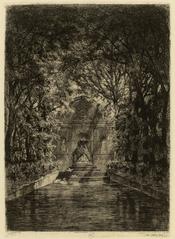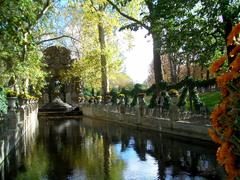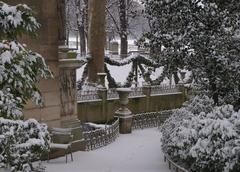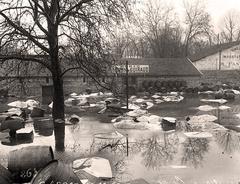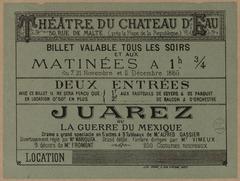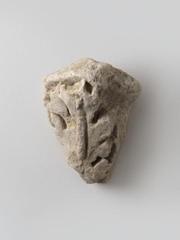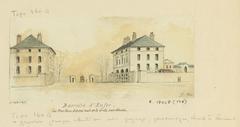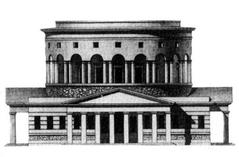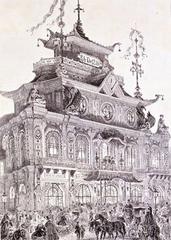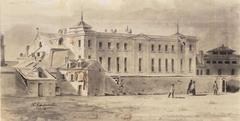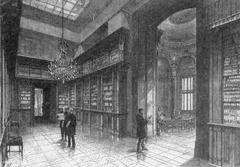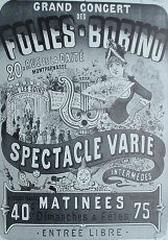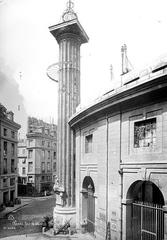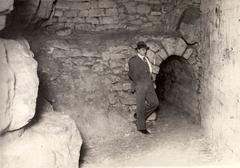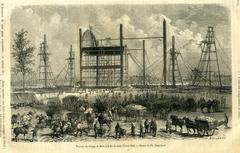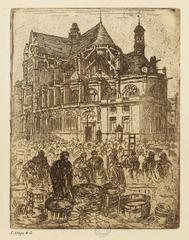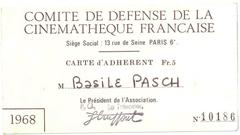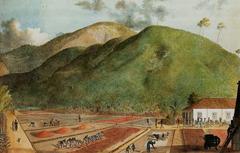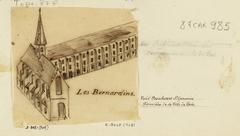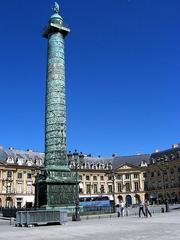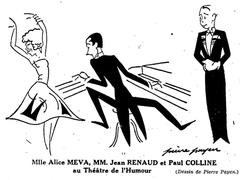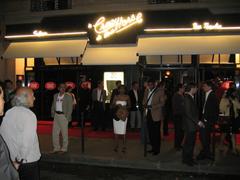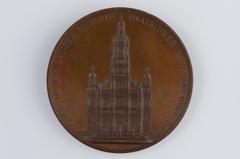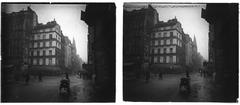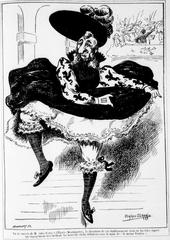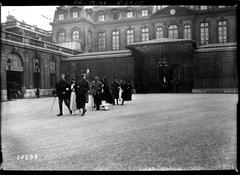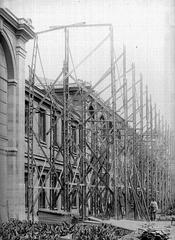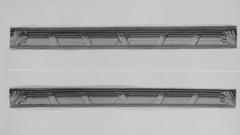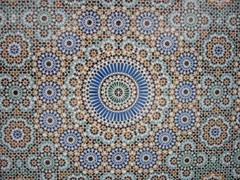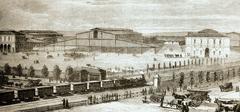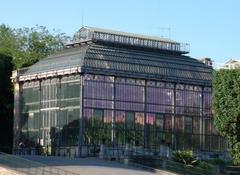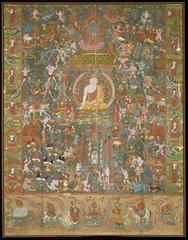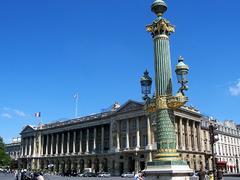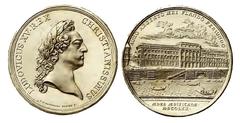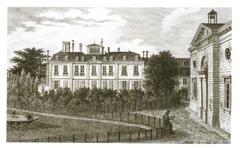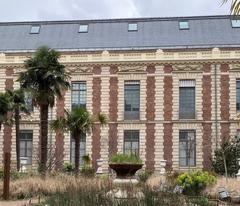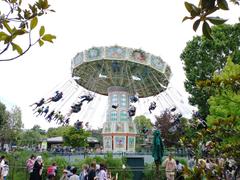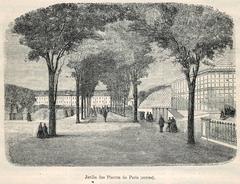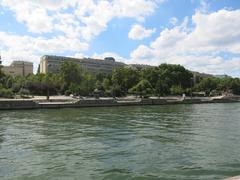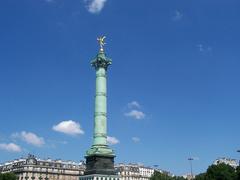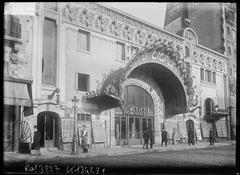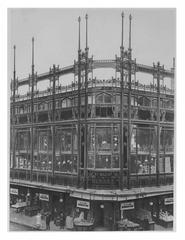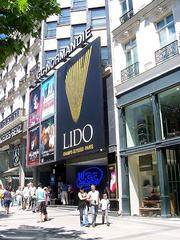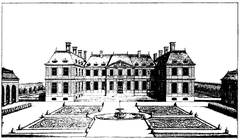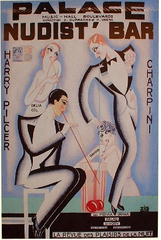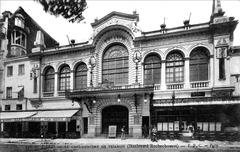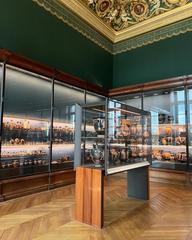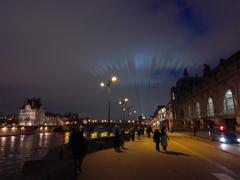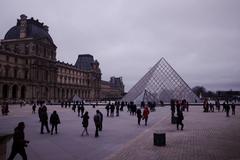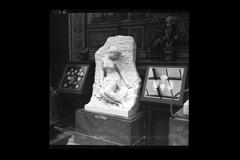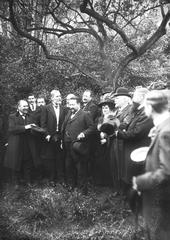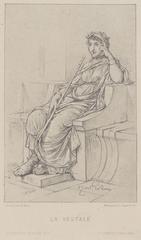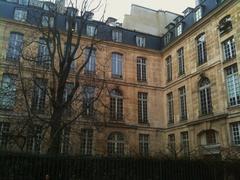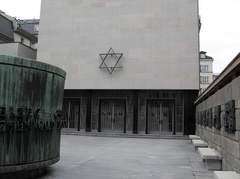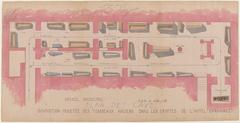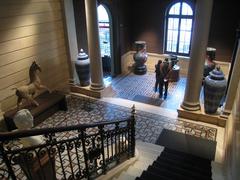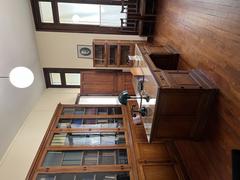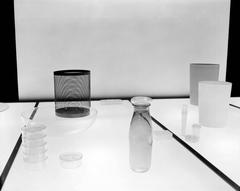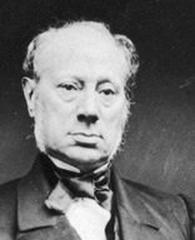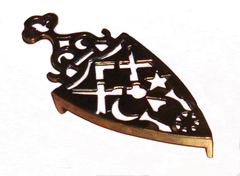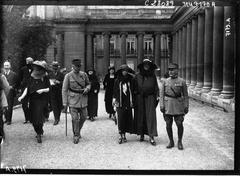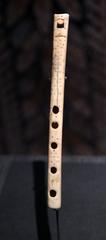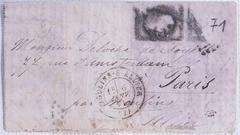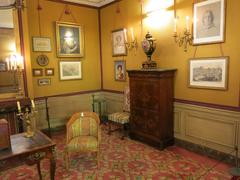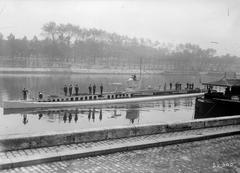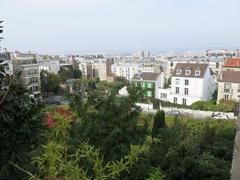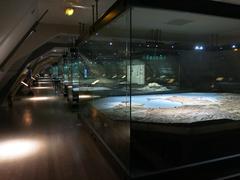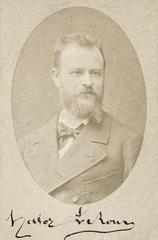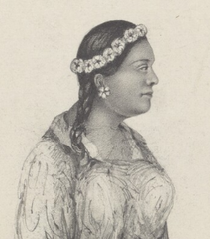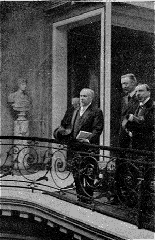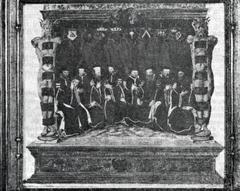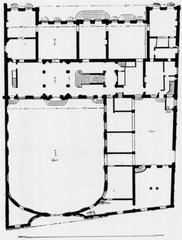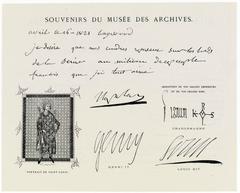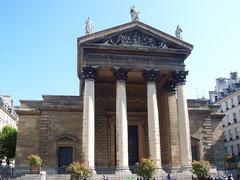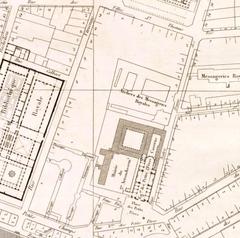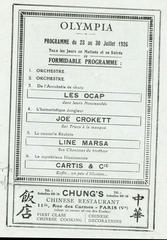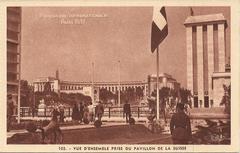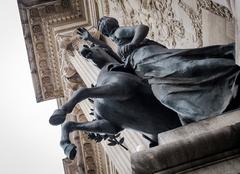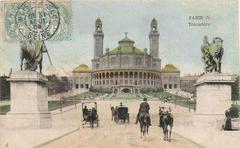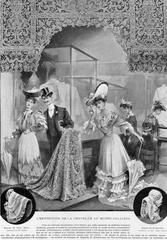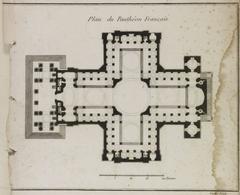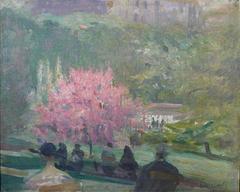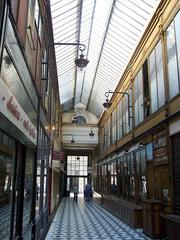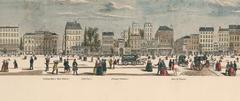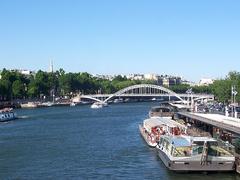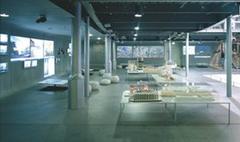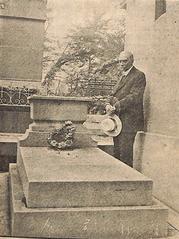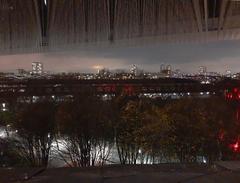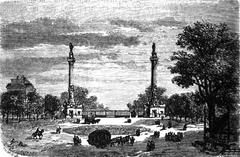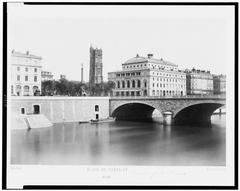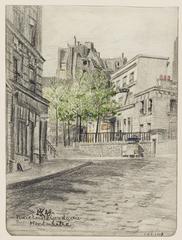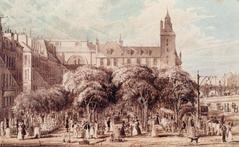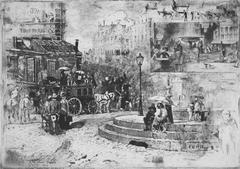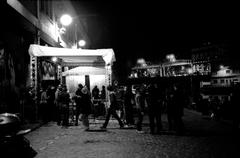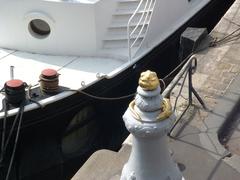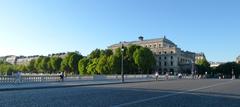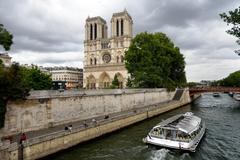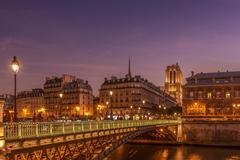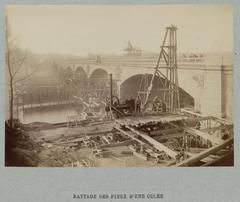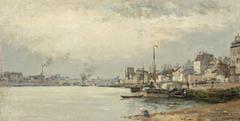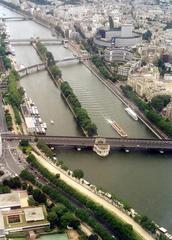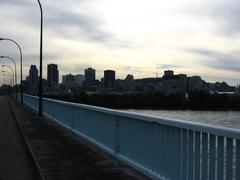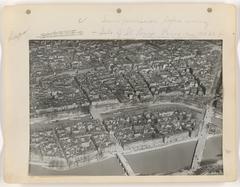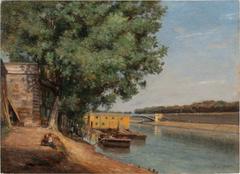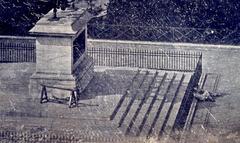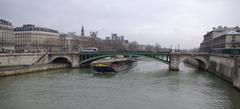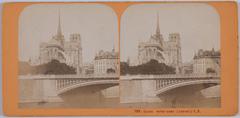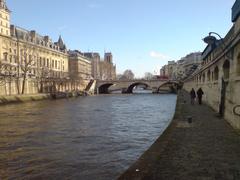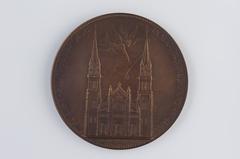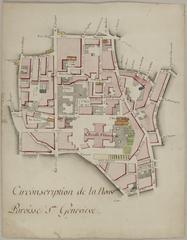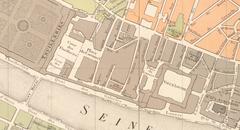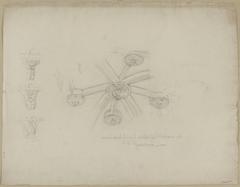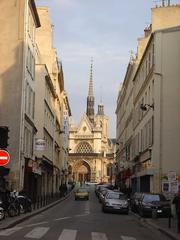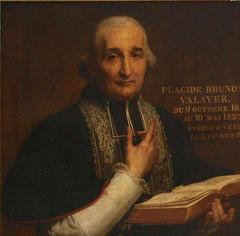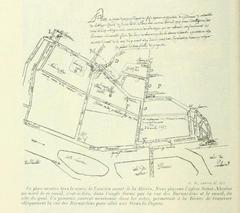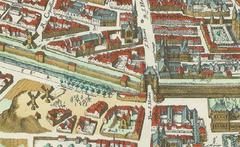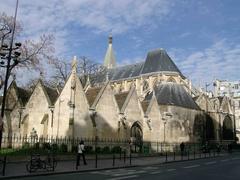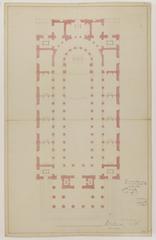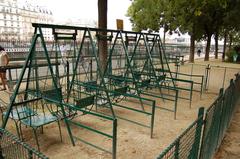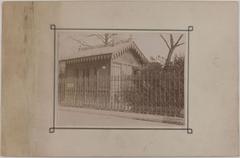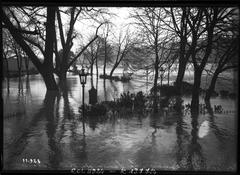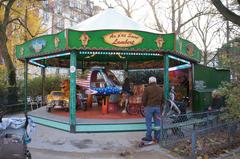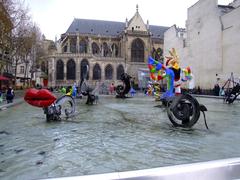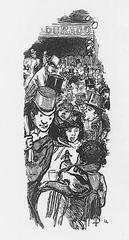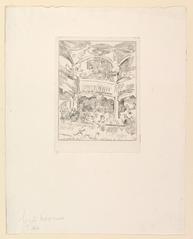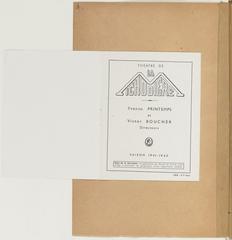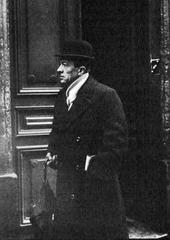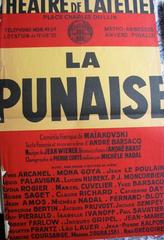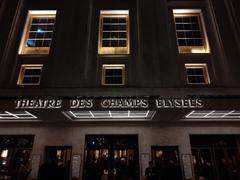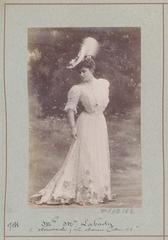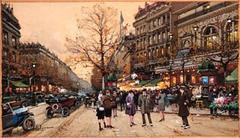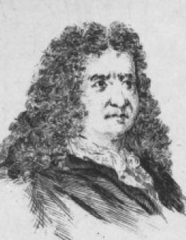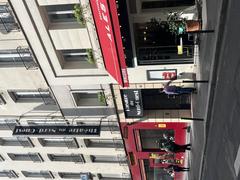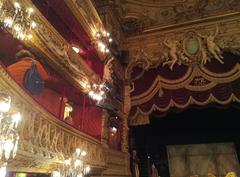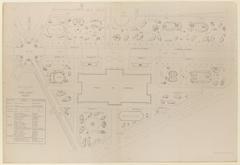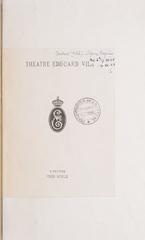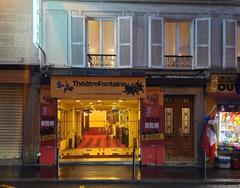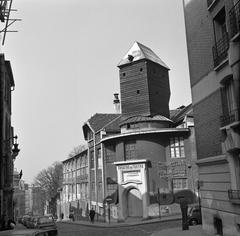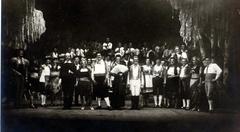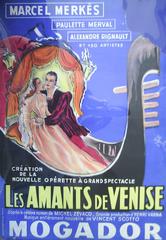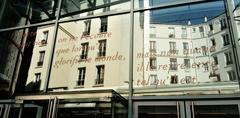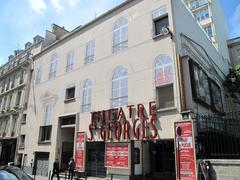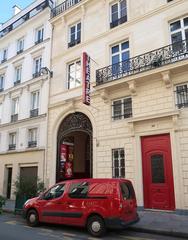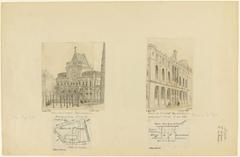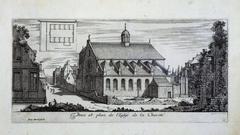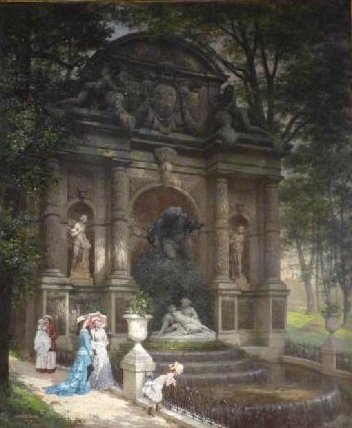
Visiting Hours and Tickets for Jardin du Luxembourg
Date: 19/07/2024
Discover the Beauty and History of Jardin du Luxembourg
The Jardin du Luxembourg, often referred to as the Luxembourg Gardens, is an emblematic green oasis nestled in the heart of Paris’s 6th arrondissement. Established in 1612 by Marie de’ Medici, widow of King Henry IV of France, the garden was inspired by the Boboli Gardens in Florence, Italy, reflecting Marie’s Italian heritage (Paris Info). Over its 400-year history, the Jardin du Luxembourg has evolved from a royal pleasure garden into a beloved public space, blending French and English garden styles across its 23 hectares (57 acres) (Culture Trip). Today, it stands not only as a testament to Paris’s rich cultural heritage but also as a vibrant hub for social, political, and artistic activities.
This comprehensive guide aims to offer visitors an in-depth look at the garden’s historical significance, practical visiting tips, notable events, and ongoing conservation efforts. Whether you’re planning a visit or simply curious about this iconic Parisian landmark, this guide will provide all the essential information you need.
Table of Contents
- Introduction
- History and Significance
- Visitor Information
- Notable Events and Celebrations
- Preservation and Conservation Efforts
- FAQ
- Conclusion
Visiting Jardin du Luxembourg - History, Significance, and Visitor Tips
Introduction
The Jardin du Luxembourg, located in the 6th arrondissement of Paris, is a place where history, culture, and natural beauty converge. This article will delve into the garden’s rich history and significance, provide practical information for visitors, and highlight notable events and conservation efforts. Whether you’re planning a visit or simply curious about this iconic site, read on to discover everything you need to know about the Jardin du Luxembourg.
History and Significance
Origins and Early Development
The Jardin du Luxembourg, often referred to simply as the Luxembourg Gardens, is a historic park created in 1612 by Marie de’ Medici, the widow of King Henry IV of France, for her new residence, the Luxembourg Palace. Inspired by the Boboli Gardens in Florence, the garden was designed in the Italian style, bringing a piece of Marie’s homeland to Paris (Paris Info).
Architectural and Landscape Evolution
Over the centuries, the Jardin du Luxembourg has undergone numerous transformations. In the 19th century, architect Jean-François-Thérèse Chalgrin redesigned the garden, incorporating elements of the French formal garden style. Today, the garden spans approximately 23 hectares (57 acres) and features a harmonious blend of French and English garden styles, with geometric layouts, manicured lawns, and a central pond (Culture Trip).
Political and Social Significance
During the French Revolution, the Luxembourg Palace was converted into a prison, and the gardens were opened to the public. In the 19th century, the palace became the seat of the French Senate, a role it retains today. The gardens have hosted political gatherings, public demonstrations, and cultural events, reflecting France’s evolving political landscape (Senat).
Cultural and Artistic Contributions
The garden is home to over 100 statues, monuments, and fountains, including the renowned Medici Fountain. Statues of French queens and notable women, such as Saint Genevieve and Joan of Arc, commemorate French heritage and history (Paris Info).
Botanical and Horticultural Importance
The Luxembourg Gardens are celebrated for their diverse plant collections, including over 100 species of orchids in the Orangerie. The garden’s horticultural team ensures vibrant seasonal displays and educates visitors about beekeeping in the garden’s apiary (Jardin du Luxembourg).
Visitor Information
Visiting Hours and Ticket Prices
The Jardin du Luxembourg is open daily from 7:30 AM to 8:00 PM, with extended hours during the summer. Entrance to the garden is free, but some facilities, such as the Orangerie and puppet theater, may have separate admission fees.
Accessibility and Visitor Experience
The garden is accessible to all, with wide, paved pathways suitable for strollers and wheelchairs. Numerous benches and seating areas offer rest spots, and a central pond is a popular site for children to sail miniature boats, a tradition dating back to the 1920s.
Travel Tips and Nearby Attractions
Visitors can reach the Jardin du Luxembourg via the Paris Métro (line 4) or the RER B line. Nearby attractions include the Panthéon, Saint-Sulpice Church, and the bustling Latin Quarter. Combining these sites with a visit to the garden makes for a comprehensive Parisian experience.
Notable Events and Celebrations
The garden has hosted royal festivities, public ceremonies, and cultural festivals. Recent events include the Fête de la Musique, an annual music festival on the summer solstice, and the Journées Européennes du Patrimoine, a European heritage event offering free access to historical sites (Senat).
Preservation and Conservation Efforts
The French Senate oversees the garden’s preservation, employing sustainable gardening practices and regular restoration of statues and monuments to maintain its historical and ecological integrity (Jardin du Luxembourg).
FAQ
Q: What are the Jardin du Luxembourg visiting hours?
A: The garden is open daily from 7:30 AM to 8:00 PM, with extended hours during the summer.
Q: Is there an admission fee to enter the Jardin du Luxembourg?
A: Entrance to the garden is free, but some facilities may have separate fees.
Q: How can I get to the Jardin du Luxembourg?
A: The garden is accessible via the Paris Métro (line 4) and the RER B line.
Q: Are there guided tours available?
A: Yes, guided tours are available and provide insights into the garden’s rich history and significance.
Conclusion
The Jardin du Luxembourg stands as a testament to Paris’s rich history and cultural heritage. Its origins as a royal garden, its evolution through political and social changes, and its continued significance as a public space make it a unique and cherished landmark. Whether you’re enjoying its beauty, learning about its history, or participating in its vibrant cultural life, the Jardin du Luxembourg offers a quintessential Parisian experience. Download the Audiala app, follow us on social media for more updates, and explore other related posts to enhance your visit.
Call to Action
For a more enriching experience during your visit, download the Audiala app for guided tours and updates. Follow us on social media and check out our other posts for more insights into Paris’s historical sites.
Essential Visitor Tips for Jardin du Luxembourg - Best Times, Tickets, and Nearby Attractions
Best Time to Visit
The Jardin du Luxembourg is a year-round attraction, but the best times to visit are during the spring (April to June) and fall (September to October) when the weather is mild, and the gardens are in full bloom. Summer months (July and August) can be quite crowded, and winter (December to February) offers a quieter experience but with fewer floral displays.
Opening Hours
The garden’s opening hours vary with the seasons. Generally, it opens between 7:30 AM and 8:15 AM and closes between 4:30 PM and 9:30 PM. It’s advisable to check the official website for the most current hours before planning your visit.
Entrance Fees
Entrance to the Jardin du Luxembourg is free. However, some attractions within the garden, such as the Musée du Luxembourg, may have an admission fee. Check the Musée du Luxembourg website for current ticket prices and exhibitions.
Getting There
By Metro
- Luxembourg (RER B): This station is right next to the garden.
- Odéon (Lines 4 and 10): A short walk from the garden.
- Notre-Dame-des-Champs (Line 12): Also within walking distance.
By Bus
For bus travelers, lines 21, 27, 38, 82, 83, 84, 85, and 89 all have stops near the garden.
Accessibility
The Jardin du Luxembourg is wheelchair accessible, with paved paths and ramps available throughout the garden. There are also accessible restrooms located near the main entrances.
Guided Tours
For those interested in a more in-depth experience, guided tours are available. These tours often cover the history, architecture, and botanical aspects of the garden. Information on guided tours can be found on the Senate’s official website.
Activities and Attractions
The Medici Fountain
One of the garden’s most iconic features, the Medici Fountain, is a must-see. Built in the early 17th century, it offers a picturesque spot for photos and relaxation.
The Luxembourg Palace
While the palace itself is not open to the public, its exterior is a stunning example of French classical architecture. The palace currently houses the French Senate.
The Orangerie
The Orangerie is home to a collection of citrus trees and other exotic plants. It is open to the public during special events and exhibitions.
Playgrounds and Sports Facilities
The garden offers a variety of activities for children, including a large playground, puppet shows, and pony rides. For sports enthusiasts, there are tennis courts, a basketball court, and a pétanque area.
Dining Options
There are several cafés and kiosks within the garden where visitors can enjoy a meal or a snack. The most popular is the Pavillon de la Fontaine, which offers a range of French cuisine and refreshments. Picnicking is also allowed in designated areas.
Photography Tips
The Jardin du Luxembourg is a photographer’s paradise. For the best shots, visit early in the morning or late in the afternoon when the light is soft. Key spots for photography include the Medici Fountain, the central pond, and the various statues scattered throughout the garden.
Safety Tips
While the Jardin du Luxembourg is generally safe, it’s always wise to be cautious. Keep an eye on your belongings, especially in crowded areas. The garden is patrolled by security, and there are information points where you can seek assistance if needed.
Seasonal Events
The garden hosts various events throughout the year, including concerts, art exhibitions, and horticultural shows. Check the Senate’s events page for a schedule of upcoming events.
Nearby Attractions
If you have extra time, consider visiting nearby attractions such as the Pantheon, Saint-Sulpice Church, and the Sorbonne University. These sites are within walking distance and offer additional cultural and historical insights into Paris.
Language Tips
While many Parisians speak English, it’s always appreciated when visitors make an effort to speak French. Basic phrases like “Bonjour” (Hello), “Merci” (Thank you), and “Où sont les toilettes?” (Where are the restrooms?) can go a long way in enhancing your experience.
Weather Considerations
Paris weather can be unpredictable. It’s advisable to check the forecast before your visit and dress accordingly. An umbrella and comfortable walking shoes are recommended, as the garden’s paths can be uneven.
Souvenirs
For those looking to take a piece of the Jardin du Luxembourg home, there are several souvenir shops near the garden entrances. Items range from postcards and books to local crafts and garden-themed memorabilia.
FAQ
What are the opening hours of Jardin du Luxembourg?
The opening hours vary with the seasons, generally opening between 7:30 AM and 8:15 AM and closing between 4:30 PM and 9:30 PM. Check the official website for the most current hours.
Is Jardin du Luxembourg wheelchair accessible?
Yes, the Jardin du Luxembourg is wheelchair accessible, with paved paths and ramps throughout the garden.
Are there any entrance fees for Jardin du Luxembourg?
Entrance to the garden is free. However, some attractions within the garden, like the Musée du Luxembourg, may have admission fees.
Summary of Key Points and Visitor Information
In conclusion, the Jardin du Luxembourg is a multifaceted gem that encapsulates the essence of Paris’s historical, cultural, and natural beauty. From its origins as a royal garden designed for Marie de’ Medici to its current status as a public park and political landmark, the garden has witnessed and adapted to numerous social and political changes over the centuries (Senat). Its lush landscapes, adorned with over 100 statues and monuments, offer a serene retreat for both locals and tourists, while its diverse plant collections and seasonal displays showcase the garden’s botanical significance (Jardin du Luxembourg). The garden’s accessibility, free entry, and proximity to other Parisian attractions make it an essential stop for anyone exploring the city. Whether you’re sailing miniature boats on the central pond, attending a summer concert, or simply strolling through its picturesque pathways, the Jardin du Luxembourg promises an enriching and memorable experience. For the latest updates and guided tour options, don’t forget to download the Audiala app and follow us on social media.
References
- Paris Info. 2023. https://en.parisinfo.com/paris-museum-monument/71398/Jardin-du-Luxembourg
- Culture Trip. 2023. https://theculturetrip.com/europe/france/paris/articles/a-brief-history-of-the-luxembourg-gardens/
- Senat. 2023. http://www.senat.fr/lng/en/the_luxembourg_palace.html
- Jardin du Luxembourg. 2023. https://www.senat.fr/visite/jardin/index.html

